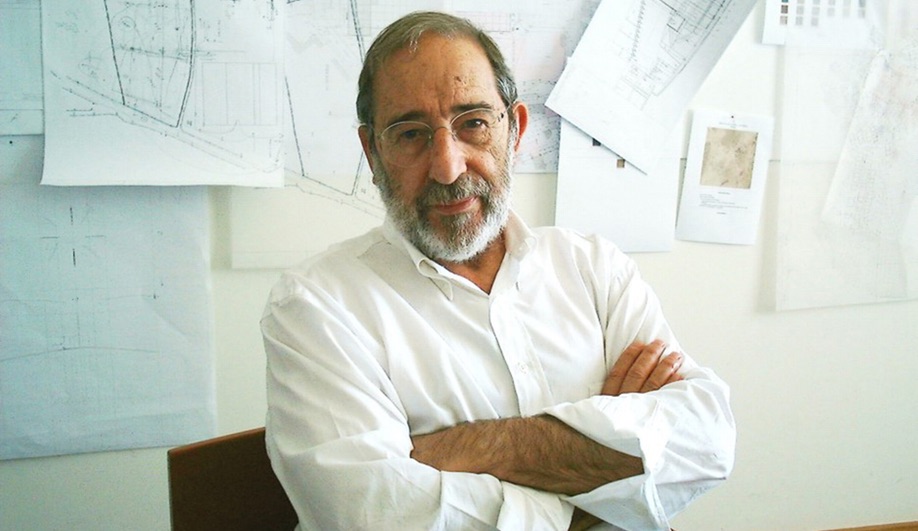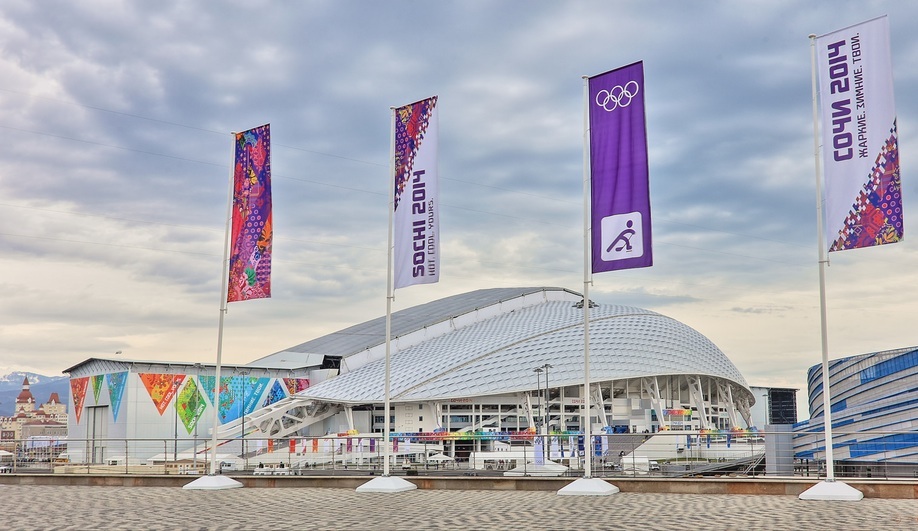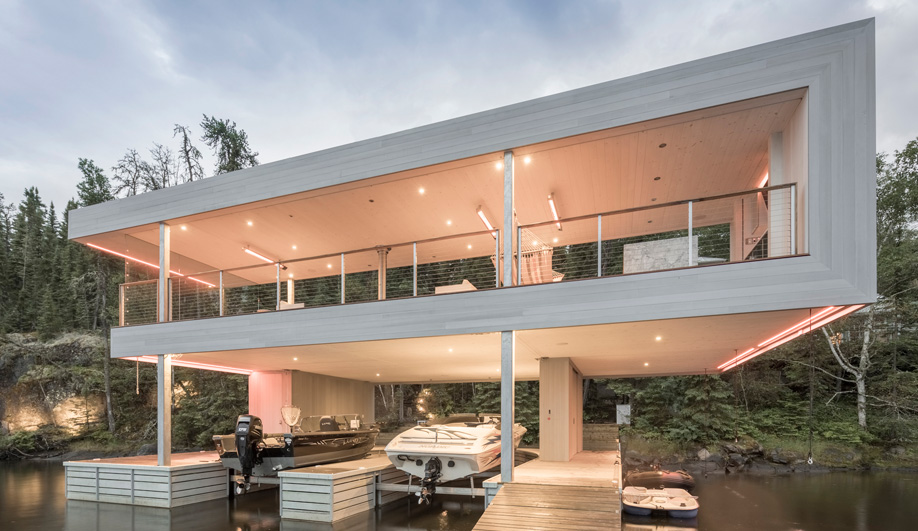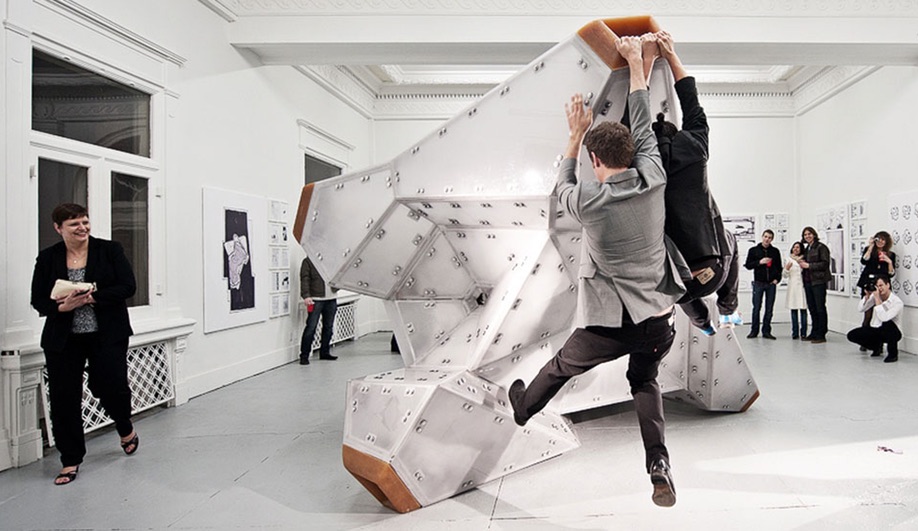
Jimenez Lai of Los Angeles-based Bureau Spectacular works at the intersections of architecture and design, possible and practical. Here are five words that reveal his unique take on humanizing architecture and keeping things interesting.
Since graduating from the University of Toronto’s school of architecture, Jimenez Lai has led a peripatetic career, holding fellowships at Ohio State University and Taliesin West, then moving to the Netherlands before founding Bureau Spectacular in Chicago in 2008. Now based in Los Angeles, where he teaches at UCLA, Lai is best known for an experimental approach to space-making at a medium scale, exemplified by Flipping Properties – an installation that last summer filled a Toronto alleyway with sculptural seating based on an abstracted house shape – and by the Taiwanese pavilion at the Venice architecture biennale in 2014.
Lai was in Toronto recently to speak to students at his alma mater. He explored the trajectory of Bureau Spectacular and his fascination with the relationship between architecture and the human form and the joys of extemporizing. Here’s a breakdown of five words that describe the thinking behind his approach, capture the eclectic nature of his studio and provide a glimpse into the philosophical underpinnings of its work.
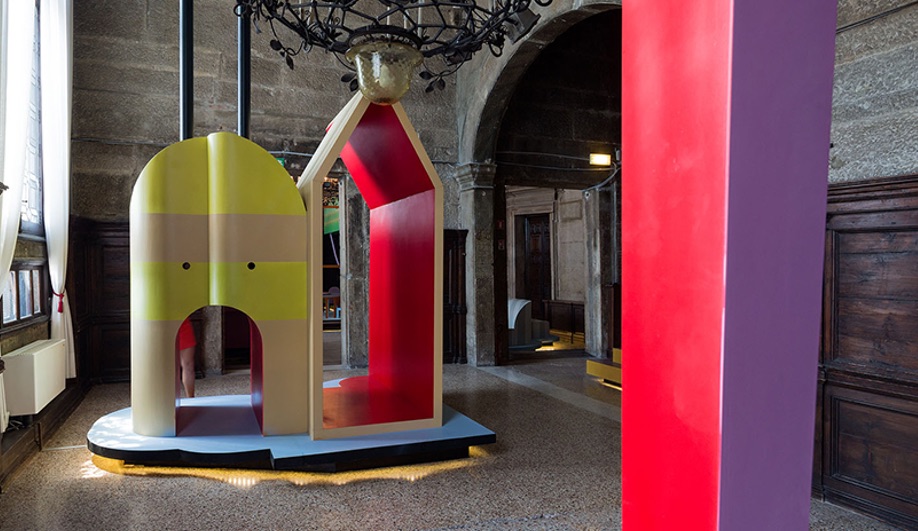
Pareidolia
ˌpæraɪˈdəʊlɪə: noun. the perception of a pattern where one does not exist, such as the recognition of identifiable forms in random objects
Our tendency to spot things that aren’t truly there – like seeing a face in a rocky outcropping on Mars – is something that architects have to grapple with, for better or worse (there’s nothing more embarrassing than spending millions on a building only to have people compare it to a pair of underwear). But according to Lai, this habit of seeking familiar forms can be used to the architect’s advantage. “I consider pareidolia a gift, or a skill, that all homo sapiens possess,” he says. “We instantly project gender and attitude towards a pile of rocks – gender and attitude and personality onto things that have no personality. It’s shocking, really, how easily this task can be performed with few elements …. Maybe the stories are there, and maybe they’re not, but all the elements are laid out in place in a given structure, and I read them when perhaps someone else wouldn’t. But that’s the beauty of pareidolia.”

Caricature
ˈkærɪkətʃʊɚ: noun. a depiction of a person or thing that exaggerates specific peculiarities or characteristics
One of the ways that an artist – or an architect – can help to convey identities or types is through the use of caricature. “We know that political caricature relies on the readability of familiar parts – such as a nose, or birthmarks, or glasses and hair. There’s a power in that,” Lai says. In the world of architecture, emphasizing specific features grants buildings the distinctiveness that makes them identifiable, but taken collectively, it also underlies the broader movements of architecture: “The production of repeated caricatures, until they become icons, or until they become typology, is a part of how architecture develops archetypes.” In other words, every feature we associate with a given type – from the columns of classical architecture to the white facades of Tudor houses to the gridded windows of Modernist skyscrapers – all began as a single feature, exaggerated and repeated until it became a style.
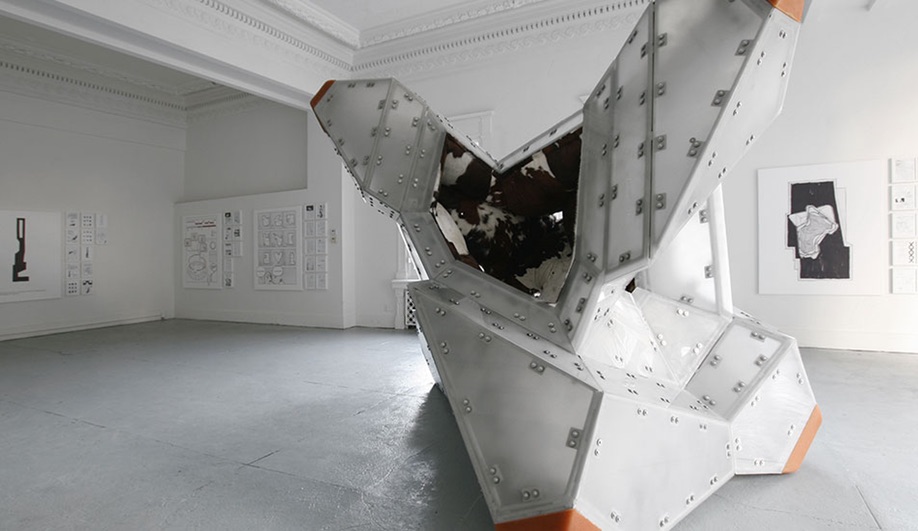
Contrapposto
ˌkɒntrəˈpoːstoː: noun. an asymmetrical pose of the human figure along a curving axis, in which the angle of the arms or shoulders is balanced by the angle of the hips
If buildings, like people, have characteristics that make them unique, it follows that our innate tendency to discover figures that aren’t there comes into play when viewing them. “You might ask – does posture have anything to do with architecture?” Lai says. “If we look at posture through the history of art, beginning with the ancient Greek kouros, we see a bilaterally stiff individual standing there, smiling ambiguously. Jump forward to the 15th century, to Michaelangelo’s David, we see the youth performing contrapposto: an S-figure exuding the relaxed pose. And Bernini’s David – a torque, around the spine, performing a sense of intensity. So even if we cannot read the detail of their faces, we can understand body language of stiff, relaxed, tense.”
Of course, thanks to pareidolia, we have no problem projecting posture and attitude onto buildings as well: “If I were to say I find the mass of OMA’s Seattle Public Library to be very pleasing, could it be possible that the Seattle Public Library is a three-part stack performing contrapposto? Is this why the mass conveys such a sense of relaxation?”
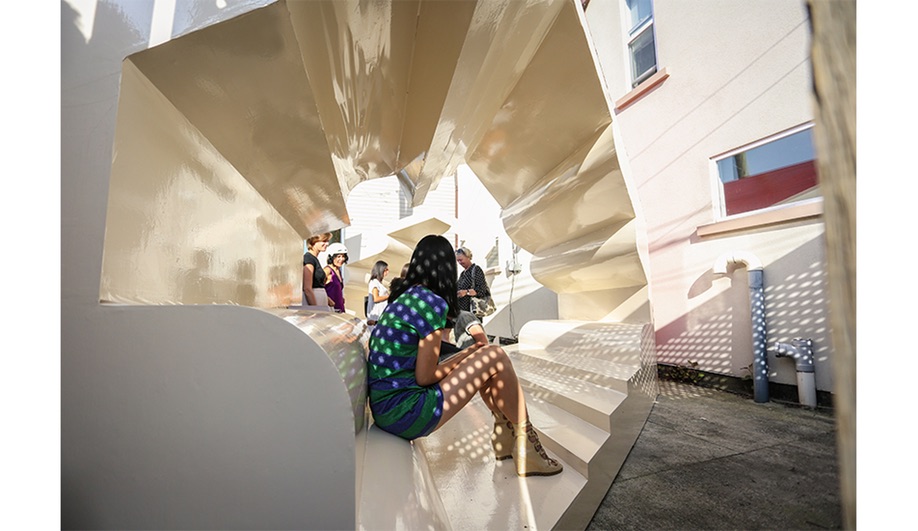
Superfurniture
ˈsupɚˌfɝnɪtʃɚ: noun. too big to be furniture, too small to be architecture
This word is directly attributable to Lai himself. From the beginning, Bureau Spectacular has gravitated to works – whether studies, temporary installations or completed structures – that create human-scaled spaces for living, but defy easy categorization. “Once we finished Briefcase House, I was thinking, is this an installation? But I live in it, and therefore it’s a whole, it’s not part. Is this architecture? It’s not architecture – clearly not a building by any definition. Also, it’s too big to be furniture – and that’s when that thought emerged.” Superfurniture was born.
Bureau Spectacular developed the idea further with Township of Domestic Parts, Taiwan’s entry at the 2014 Venice Biennale of Architecture. In the project, nine domestic functions were split into discrete parts, each represented by a unique piece of superfurniture. The structures relate to one another like the buildings of a landscape, creating a domestic “township.”
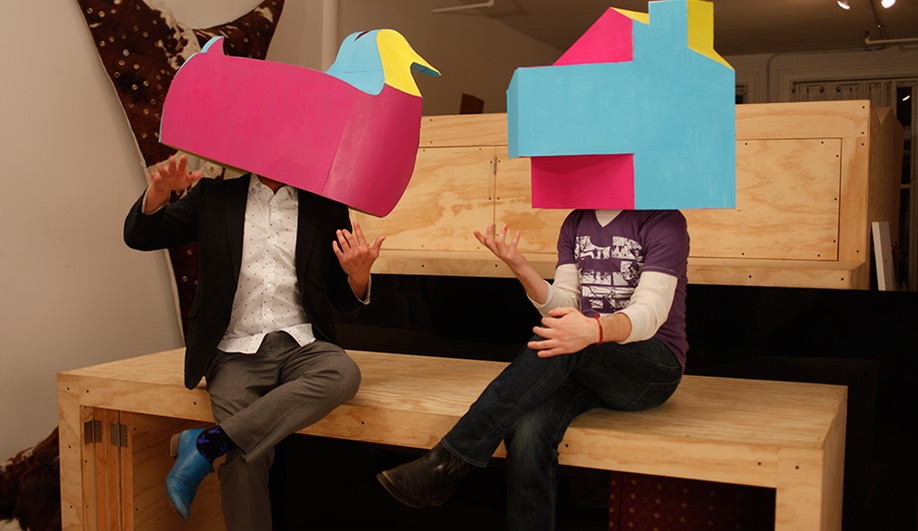
Sprezzatura
ˈsprɛtsaˌturə: noun. studied nonchalance; the act of making difficult actions appear easy by concealing the effort required to execute them
“There’s a distinction between lying and bullshitting,” says Lai. “Lying requires truth; it’s the deliberate act of covering truth. Bullshit, on the other hand, does not require truth. When you’re handed a blank slate – the thing that you’re supposed to design – there is no incorrect act. You’re sort of making it up as you go along, and what you produce eventually becomes as real as concrete.”
But while Lai favours research through production, he’s not as fly-by-the-seat-of-your-pants as it might seem: “Most of the work is really serious – we’re dealing with geometry and looking at history as closely as we can,” he says. But, in the end, all that research may be presented in an outwardly insouciant package. “The acronym of Bureau Spectacular is BS. That’s a really deliberate choice, because we like things funny, we like humour. We like to be lighthearted and nonchalant. Sprezzatura is a word that Italian historians use to describe certain painters’ nonchalant behaviour, but with a deep investment in how to be nonchalant …. I’d say its a kind of sensibility of the work.”

